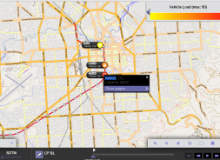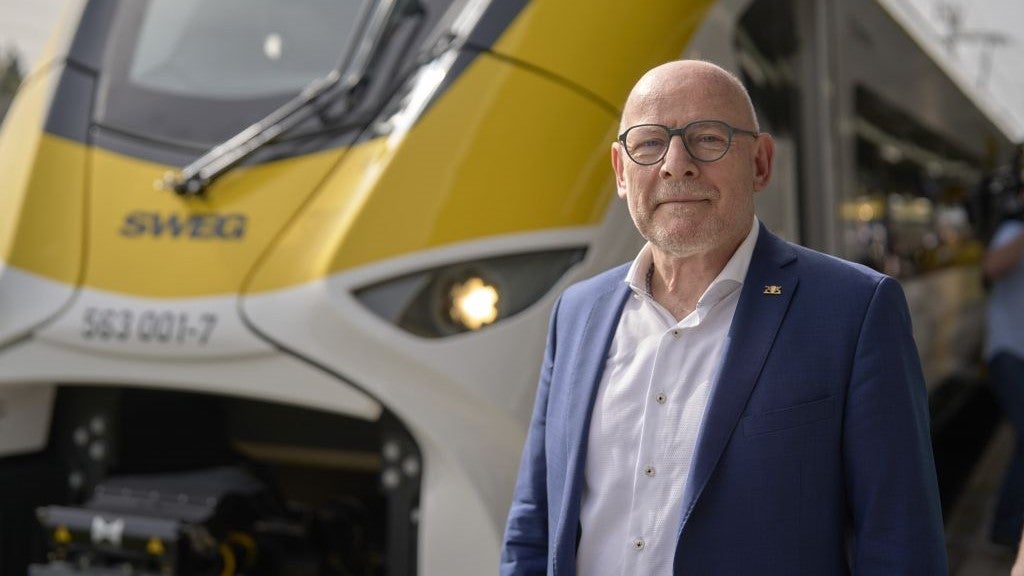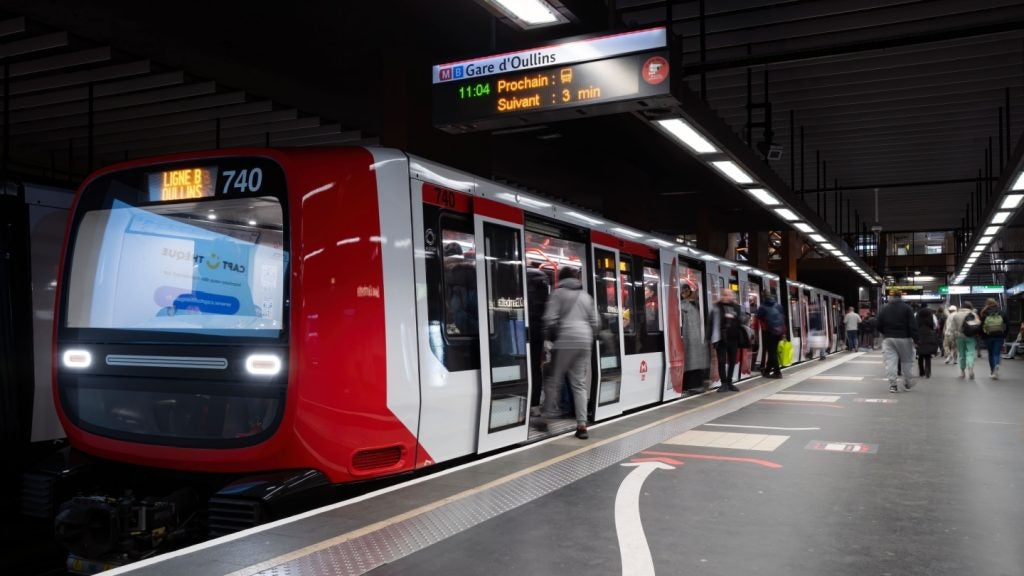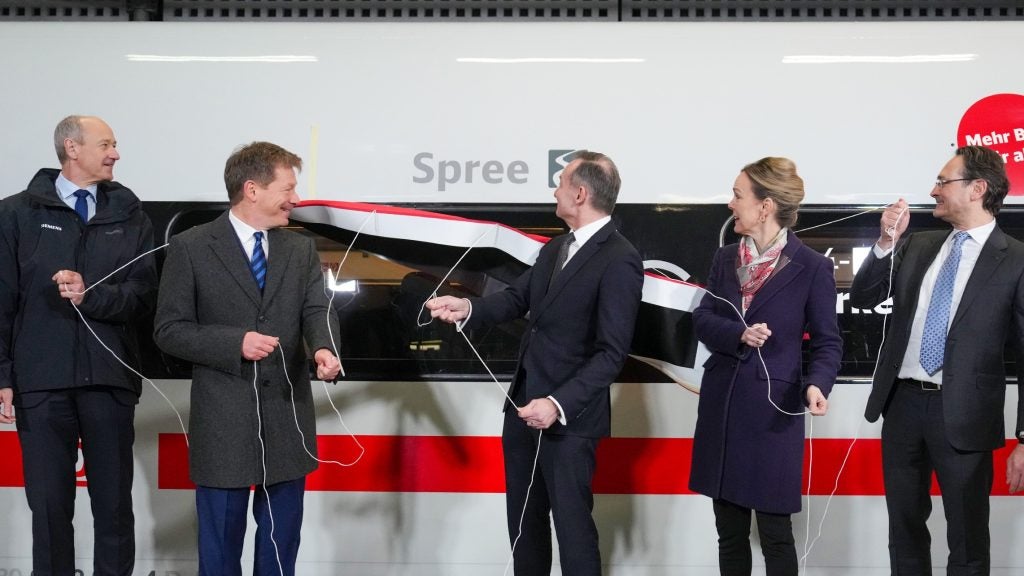
On a quotidian basis, millions of rail commuters buy and use tickets, resulting in vast amounts of anonymous data on our transportation routines.
Processing such big data has traditionally proven to be a complex challenge for city transport authorities. In recent years, this has given rise to the deployment of smart analytics in a bid to better understand and pre-empt travel patterns.
Launched earlier this year, Xerox‘s new Mobility Analytics Platform (MAP) represents a notable advance in this field. Based on data algorithms and user-friendly graphics, the system is able to provide an advanced picture of municipal transportation operations, such as adherence to schedules, passenger loads and car park utilisation rates.
MAP can even predict where passengers will alight and the impact of weather on day-to-day operations.
“MAP gives operators the keys to improving the quality and adoption of services,” said Jo van Onsem, group president, International Public Sector, Xerox. “Xerox’s MAP innovation is a major contribution to the development of improved urban mobility.”
With trials currently taking place in Adelaide – a city in the process of a 30-year urban development plan – Geraldine Lievre, Xerox chief technology officer International Public Sector, talks us through the platform’s main features and how urban transport authorities, including rail operators, can expect to benefit.
How well do you really know your competitors?
Access the most comprehensive Company Profiles on the market, powered by GlobalData. Save hours of research. Gain competitive edge.

Thank you!
Your download email will arrive shortly
Not ready to buy yet? Download a free sample
We are confident about the unique quality of our Company Profiles. However, we want you to make the most beneficial decision for your business, so we offer a free sample that you can download by submitting the below form
By GlobalDataRoss Davies: Smart technology and data analytics are clearly a hot topic in the transport industry, and have been for a little while now. What differentiates MAP from other big data platforms already on the market?
Geraldine Lievre: I’d say that there are two main factors that differentiate MAP from other similar-usage tools.
The first is that the design is based on a three-pronged action plan, which constitutes understanding the customer’s specific needs, Xerox’s extensive research capabilities – which are particularly geared towards big data management – and the company’s strong technical and business knowledge.
Train Zero serves as ample proof that the “UK’s train industry is alive and well.”
It was a culmination of these three in-house qualities that brought about MAP. Unlike other companies, we weren’t required to bring in data experts from outside the group. In essence, it is a platform designed by people with a strong understanding of public transport.
The second is that it doesn’t only concern the management of fare collection data. It also includes a car park data system, which is useful for predicting future demand for parking, and also creating dynamic pricing.
All of this brings much more intelligence and deeper analysis to the table for operators.
RD: One of the main benefits of the MAP platform is that it can allow transport authorities to better predict passenger flows in a respective city. What are the knock-on cost benefits of this?
GL: First off, you need to be aware of the three parts that make up MAP: visualisation, analytics and simulation.
The initial step is really to provide tools to the operator to better understand what’s going on in their network, in terms of needs and the reality of usage.
Then you bring in the analytics tools from the visualisation and the data to elaborate, for example, when you have a huge check-in solution – what is the checkout and destination when you do not know it by the ticket validation.
From this you can establish a passenger load estimation of your transport network without having any counting solutions.
The savings come about from allowing the transport authorities to avoid having to buy these passenger-counting solutions, which are quite expensive. That’s a very practical example.
Also, from this, you can create better services for your travellers, as if you have a load estimation of your passengers, you can decide whether a carriage is too crowded or not. It’s not only about being on time.
RD: Trials of the system have already been conducted in Adelaide -what’s the feedback been like from the transport authorities there?
GL: Adelaide was the first city to deploy the MAP solution, used on buses, trams and rail. Today they are using the visualisation and the analytics package, as the simulation package was not available when they acquired it last year.
The feedback has been very, very good. The intention for them is to have the simulation tool, too, as this is the final goal of the platform, which we are in the process of integrating.
RD: I read that future enhancements are planned for MAP, and should be completed later this year. What will they entail?
GL: Researchers are presently working on the simulation part and algorithms – this is being conducted at Xerox’s European Research Centre in Grenoble. Then, when the algorithms are developed and tested, they will be transferred to the business unit and we will integrate them into the MAP platform.
This year, we are also integrating the simulation features in the product related to fare collection, so as to work out what the effect will be on your network and passenger load.
All these features are aimed at improving the quality of city transportation services.
RD: Is there an ultimate goal beyond that?
GL: Yes. The ultimate vision of MAP – which we will continue to work on over the next few years – is to have a platform on which you can house several different types of data, aside from the likes of ticketing, which will not only be of benefit to transport operators, but also city planners looking to better manage mobility in their cities.






